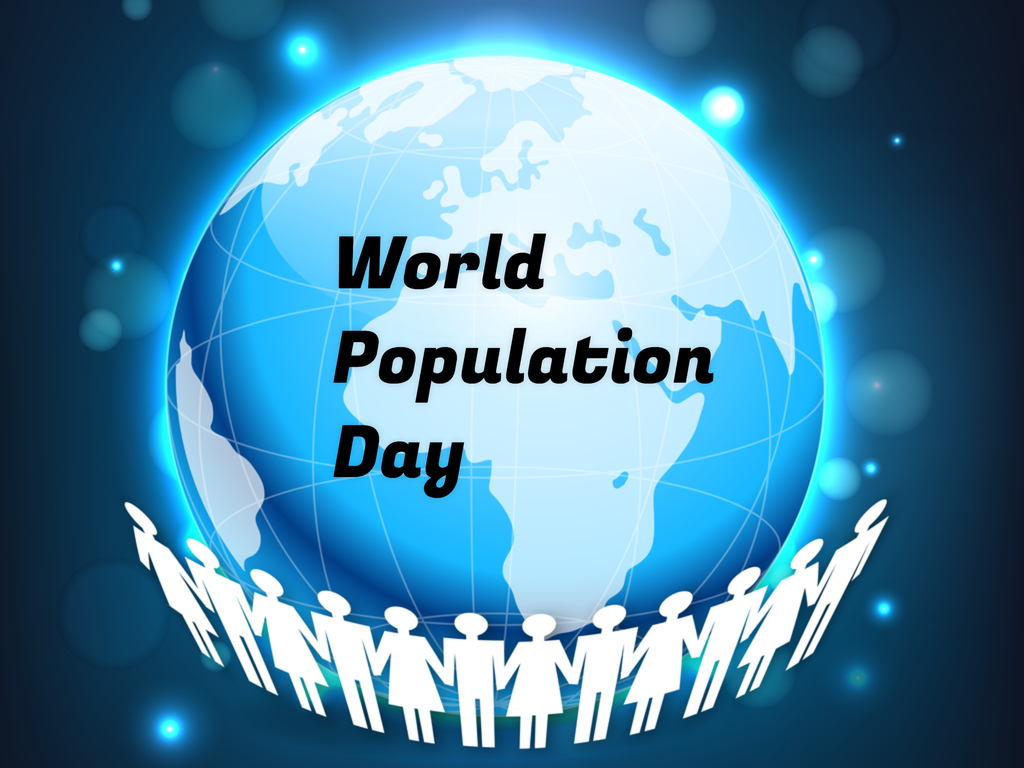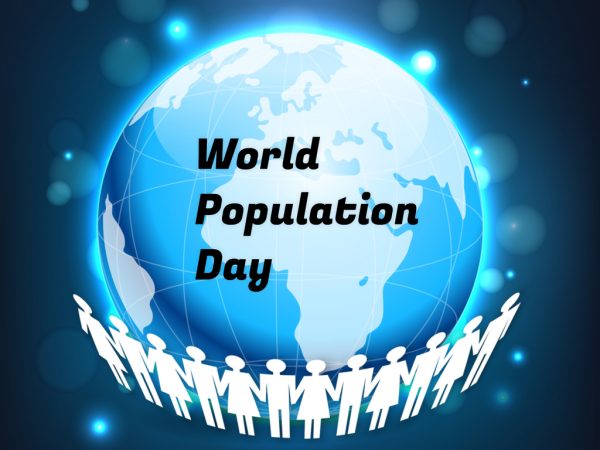International days are occasions to educate the public on issues of concern, to mobilize political will and resources to address global problems and to celebrate and reinforce the achievements of humanity. The existence of international days predates the establishment of the United Nations, but the UN has embraced them as a powerful advocacy tool. One of such days that is an offshoot of the United Nations adoptions is the World Population Day. Usually, the press expresses interest and generates general awareness in the global population when the population increases in proportions of whole billions of people. But it is of importance to remember that, the world population increases annually by 100 million approximately every 14 months. At the moment, the world population reached 7,400,000,000 on February 6, 2016, and the world population had reached 7,500,000,000 at around 16:21 on April 24, 2017.
WPD: The Background
World Population Day is an annual event, observed on July 11 every year, which seeks to raise awareness of global population issues. The event was established by the Governing Council of the United Nations Development Programme in 1989. It was inspired by the public interest in Five Billion Day on July 11, 1987, the approximate date on which the world’s population reached five billion people. World Population Day aims to increase people’s awareness on various population issues such as the importance of family planning, gender equality, poverty, maternal health and human rights. The day was suggested by Dr K.C. Zachariah in which population reaches Five Billion when he worked as Senior Demographer at World Bank.
WPD: Aim of World Population Day
Almost on the verge of completing three decades now, the internationally celebrated event aims to spread awareness on issues such as overpopulation, underpopulation and birth control. The world population is currently pegged at over 7 billion and according to UN reports is growing at a fast pace, adding 83 million people every year.
This year’s World Population Day calls for global attention to the unfinished business of the 1994 International Conference on Population and Development. Twenty-five years have passed since that landmark conference, where 179 governments recognized that reproductive health and gender equality are essential for achieving sustainable development.
WPD: Zooming Into the Population Issue
World Population Day, which seeks to focus attention on the urgency and importance of population issues, was established by the then-Governing Council of the United Nations Development Programme in 1989, an outgrowth of the interest generated by the Day of Five Billion, which was observed on 11 July 1987.
In November, UNFPA, together with the governments of Kenya and Denmark, will be convening a high-level conference in Nairobi to accelerate efforts to achieve these unmet goals. On World Population Day, advocates from around the world are calling on leaders, policymakers, grassroots organizers, institutions and others to help make reproductive health and rights a reality for all.
It is quite an interesting fact to know that, every second of every day, 4.2 people are born and 1.8 people die. (Well, the biblical clause, ‘be fruitful and multiply is really being fulfilled’). It is also expected that by 2050, nearly 70% of the world’s population will live in cities.
Souces
unfpa.org
un.org
wikipedia
economictimes
Featured Image Source: Foroyaa Newspaper


